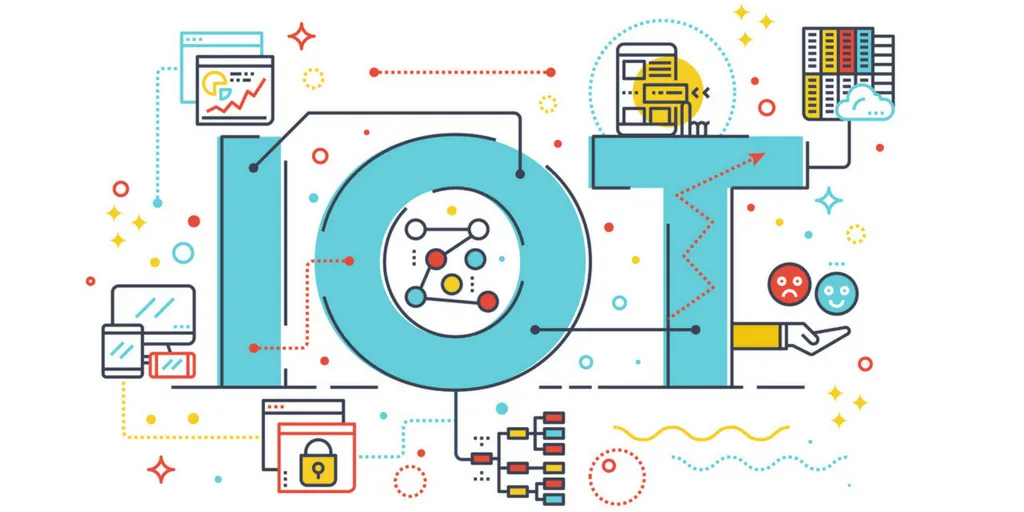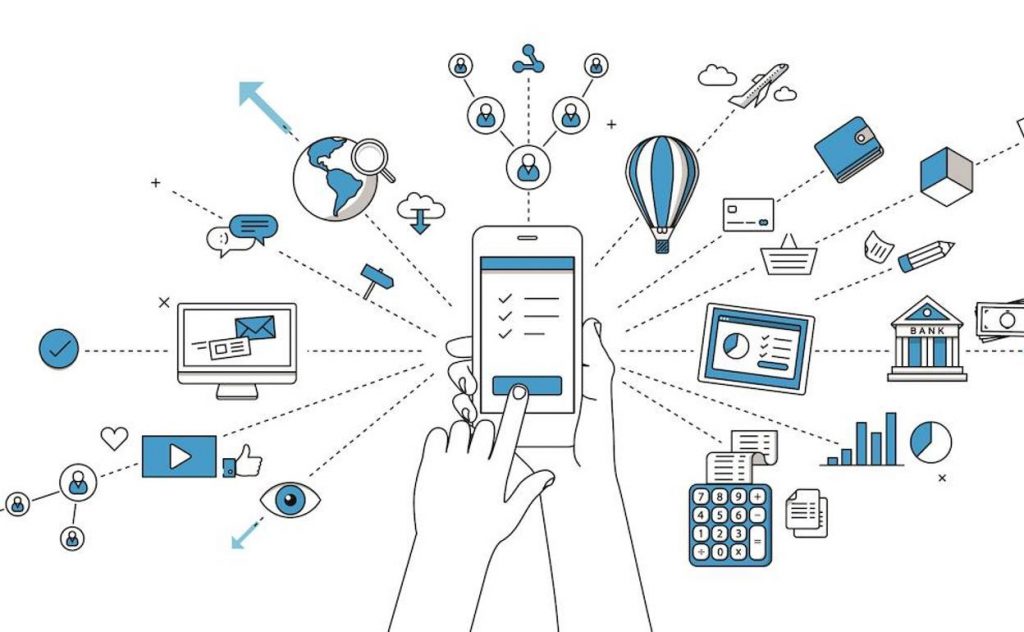
We live in the age of interconnection, and it is unusual to see people who do not have at least one smartphone or Internet at home.
So much so, that a technological trend called "the Internet of Things" has been created, and that is what we are going to talk about in this article, since it being a non-tangible concept, there are people who may not fully understand what it is.
You will find here a first approach to IoT and what we can expect from an increasingly interconnected world.
What is IoT
The Internet of Things, abbreviated as IoT, is a network of physical devices or anything that can be connected to the Internet and remotely controlled or monitored.
How IoT works
The IoT devices are our eyes and ears when we can't physically be there, as they capture the data they are programmed to collect.
The IoT works with a network of connected devices that communicate with each other through sensors, software and network connectivity..
The sensors collect data, which is processed by the software and sent using network connectivity.
This data can then be analyzed and used to improve efficiency, reduce costs and optimize quality of life.
What are the pros and cons of the Internet of Things?
The IoT offers many benefits for both consumers and businesses. Some of them are:
- Increased efficiency, the IoT enables the automation of processes, thus reducing costs.
- Improved quality of life through smart solutions for the home or business, such as smart thermostats and security systems.
- Creation of new business opportunities in areas such as healthcare, manufacturing and agriculture.
- Increased security through real-time surveillance and monitoring systems.
Despite the many benefits of IoT, there are also significant challenges to consider:
- IoT raises privacy and security concerns, as devices are vulnerable to cyber attacks if not properly secured and can collect and share sensitive data about users without their knowledge or consent.
- There are still no universal standards and protocols for IoT, making interoperability between devices and networks difficult.
- The IoT can be costly and complex to implement, especially for smaller companies.
- If we rely too heavily on IoT devices to perform everyday tasks, we could be in trouble if they fail or are compromised.
How is IoT changing our lives?
The IoT is transforming our lives in many ways.
Because it allows for endless opportunities and connections, some of which we can't even imagine today.
We can now control our homes more efficiently with smart devices that turn on the lights, adjust the thermostat, turn on the security system or open the doors automatically.
And smart cities are using IoT to optimize traffic management, reduce pollution and improve public safety.
What devices are connected to the IoT?
The Internet of Things is not just limited to everyday household items, but encompasses a wide range of devices.
Some examples of IoT devices include:
- Thermostats, doorbells and security systems for smart homes.
- Household appliances and devices.
- Wearables for health and fitness tracking.
- Diagnostics for autonomous vehicles.
- Automation for smart factories.
- Lighting and traffic systems for smart cities.
- Crop monitoring.
- Retail supply chain supervision.
- Disease detection and diagnosis.
- Environmental sensors (e.g., air quality or humidity).

What are the applications of IoT?
IoT has a wide range of applications in various sectors. Some of the most common are:
- Health and wellness. IoT is used in health and wellness monitoring, with wearables and sensors collecting and transmitting information on physical activity, sleep and other aspects of health.
- Manufacturing: In this case, the Internet of Things is used to control and automate processes, improve efficiency and reduce costs.
- Agriculture: IoT is used to monitor and supervise crop growth, soil quality and other aspects of the agricultural environment.
- Renewable energy: IoT can help verify the generation of renewable energy, such as solar and wind power.
What is the future of IoT?
The future of IoT is exciting and full of possibilities. Adoption of IoT devices and solutions is expected to continue to grow across all industries, leading to greater efficiency and improved quality of life.
Some emerging trends and technologies that may shape the future of IoT:
- 5G.
- Blockchain.
- Artificial intelligence.
- Edge computing.
In conclusion, the Internet of Things is a technology that is changing the way we interact with the world around us and its use will continue to grow as new applications are developed and technical and security challenges are overcome.
And you, how many devices have you connected to the IoT in your personal life and in your business?
